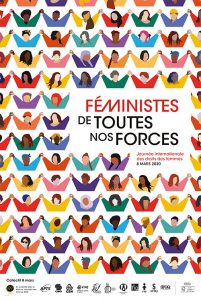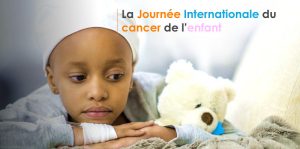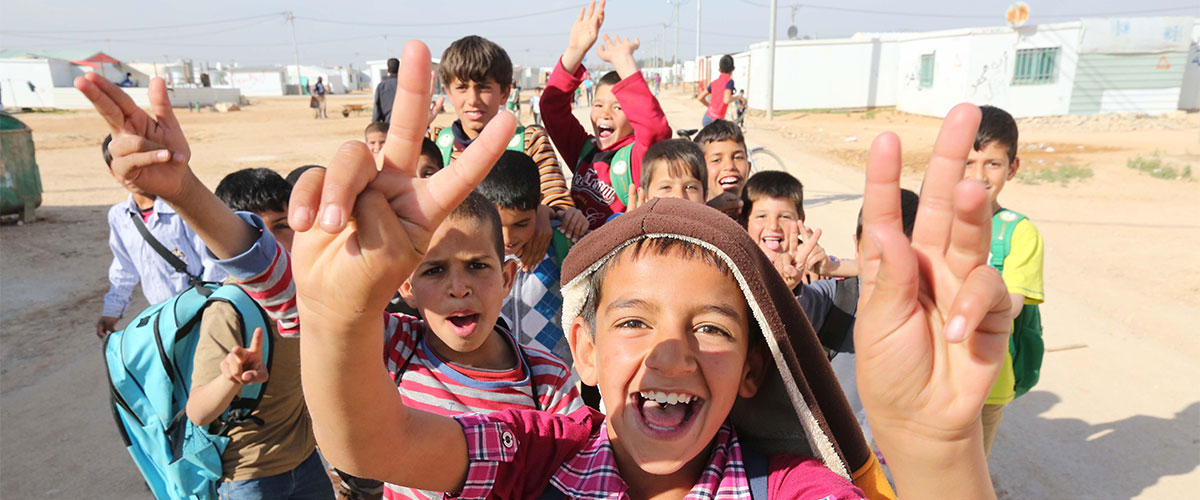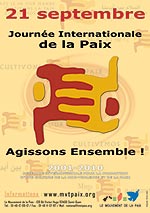 Les Roms (parfois écrit Rroms, également désignés en français sous les noms de Tziganes, Gitans, Bohémiens, Manouches ou Romanichels selon les pays d’où ils sont supposés venir notamment, par les appellations d’origine scientifique Kalés ou Sintis, ou encore gens du voyage par confusion ou vision fantasmée, l’immense majorité étant sédentaire) forment un ensemble de populations établies dans divers pays du monde et se considérant comme formant un seul peuple, en raison de leur origine et de leur culture communes.
Les Roms (parfois écrit Rroms, également désignés en français sous les noms de Tziganes, Gitans, Bohémiens, Manouches ou Romanichels selon les pays d’où ils sont supposés venir notamment, par les appellations d’origine scientifique Kalés ou Sintis, ou encore gens du voyage par confusion ou vision fantasmée, l’immense majorité étant sédentaire) forment un ensemble de populations établies dans divers pays du monde et se considérant comme formant un seul peuple, en raison de leur origine et de leur culture communes.
Source: Text : Wikipedia
C’est le 8 avril 1971, que les Roms, qui représentent la première minorité de l’Union européenne, choisissaient, malgré une situation encore difficile, les symboles de leur communauté ainsi que leur drapeau et leur hymne.
Peuple nomade formé de quatre groupes (Les Kalderash, les Curara, les Lovara; les Boyasa), il fait partie de la famille des tziganes, souvent surnommé Romanichel ( » peuple de Rrom » en Sinti*).
Le peuple Rom dans l’histoire
C’est vers l’an 1000, que les Roms quittèrent l’Inde et l’Egypte dont ils sont originaires pour se rendre en Perse. Ils atteignirent les Balkans vers le XIVème siècle. Se dispersant à travers l’Europe, ils se christianisèrent au contact de la population chrétienne européenne.
C’est en Europe de l’Ouest, qu’ils connaîtront leur plus grande vague de migration au XVIème siècle, où certain pays n’hésiteront pas à les déporter dans les colonies africaines et Américaines. Jusqu’au XXème siècle, les Roms se retrouveront plus ou moins en bon terme avec les Européens.
Mais, dès 1930, ils seront victimes de la politique raciale des nazis et de leur programme d’extermination et de génocide. On dénombre entre 250 000 et 500 000 déportés et tués sur les 700 000 qui vivaient en Europe. Cette période porte pour les Roms le nom de Samudaripen, c’est à dire « meurtre total » en langue Romani.
Les Roms d’aujourd’hui
On estime qu’il y a entre 7 et 9 millions de Roms qui vivent en Europe. Beaucoup de Roms sont toujours victimes de la tziganophobie. Et celle-ci ne peut être combattue que par la reconnaissance de leur histoire, de leur culture, et de leur contribution au patrimoine européen. Par l’ignorance ou par des idées reçues, ils sont encore victimes à différents degrés du racisme et de la discrimination.
Un devoir de mémoire
De nos jours, l’ampleur du génocide des Roms n’est pas assez reconnue au près d’un large public, et certains ignorent même son existence. Cela est probablement du au fait qu’il aura fallu attendre 1982 pour que l’Allemagne reconnaisse officiellement ses responsabilités et en France seulement 1997, pour qu’un Président de la République y fasse référence, pour la première fois, dans une cérémonie en mémoire des victimes de la déportation.
En 2005, lors du 60ème anniversaire de la libération des camps, un hommage solennel a été rendu à toutes les victimes de cette barbarie, dont les Roms.
La question des droits de l’homme
La situation vécue par les Roms en France amène chacun à se questionner sur le nécessaire respect des droits de l’homme, en France bien entendu, mais aussi et surtout dans les pays d’origine des populations Roms où elles sont constamment discriminées et rejetées. La politique européenne est encore à construire en la matière!
[*Sinti : Langue issue du mélange entre le Roumain et l’Allemand]
Un site à visiter : romove.radio.cz Source : Texte & Image : Journée Mondiale
 La Journée internationale des femmes a lieu le 8 mars de chaque année. La FFQ (Fédération des Femmes du Québec) profite de cette journée pour célébrer le chemin parcouru par les femmes pour l’atteinte de l’égalité.
La Journée internationale des femmes a lieu le 8 mars de chaque année. La FFQ (Fédération des Femmes du Québec) profite de cette journée pour célébrer le chemin parcouru par les femmes pour l’atteinte de l’égalité. Selon une opinion largement répandue dans les pays occidentaux, l’homosexualité serait aujourd’hui plus libre que jamais : partout présente et visible, dans la rue, dans les journaux, à la télévision, au cinéma, elle serait même tout à fait acceptée.
Selon une opinion largement répandue dans les pays occidentaux, l’homosexualité serait aujourd’hui plus libre que jamais : partout présente et visible, dans la rue, dans les journaux, à la télévision, au cinéma, elle serait même tout à fait acceptée.

 Les Roms (parfois écrit Rroms, également désignés en
Les Roms (parfois écrit Rroms, également désignés en 


 The theme honours the spirit of
The theme honours the spirit of  Chaque année à travers le monde, nous célébrons la Journée internationale de la paix le 21 septembre. Cette journée a été déclarée par l’Assemblée générale des Nations Unies en vue de renforcer l’idéal de paix, tant au sein des pays et qu’entre les pays eux-mêmes.
Chaque année à travers le monde, nous célébrons la Journée internationale de la paix le 21 septembre. Cette journée a été déclarée par l’Assemblée générale des Nations Unies en vue de renforcer l’idéal de paix, tant au sein des pays et qu’entre les pays eux-mêmes.